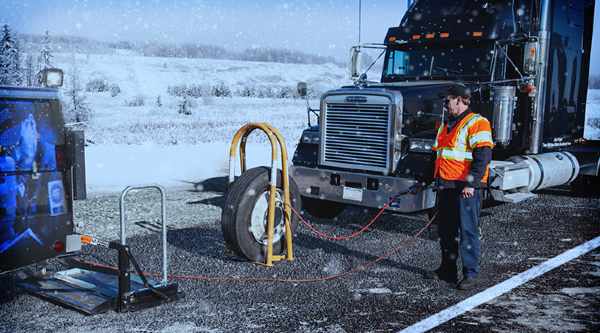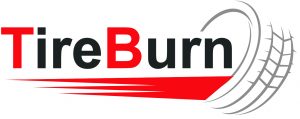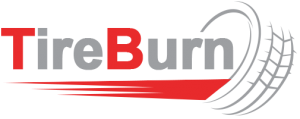Properly maintaining your truck and keeping your equipment in optimum condition will keep you and others safe while on the road. Regular maintenance can also help in keeping your operating costs at a more affordable range. Although trucks are quite durable, they have various materials and moving parts that deteriorate over time. Trucks require regular safety maintenance tips by professionals to ensure that the engines, brakes, and tires are in optimum condition while the undercarriage is free from rust.

Some of the daily procedures to perform at the start of every trip include inspecting the tires, turn signals, lights, and hazard flashers. It is also vital to pay close attention to the basic warning signs and any unusual sounds. Remember that performing regular maintenance is less costly than paying for significant repairs.
Lack of safety maintenance in trucks can result in undesirable consequences. For those involved in a vehicular accident involving a truck, consulting a truck accident law firm is the best move to make. If you want to prevent yourself from getting into an accident in the first place, check out the maintenance tips below:
1.Inspect Your Tires Regularly
The tires of a truck have a significant role in its overall performance. Even if the other components are working well, if one or two tires are flat, then a truck will not reach its destination. It is the reason why it is vital to check your tires regularly. Check if your tires are inflated according to the manufacturer’s recommendations and inspect closely for indications of wear.
A tire that is not well inflated will reduce fuel efficiency. You will save more money on fuel yearly by checking if your tires are well-inflated. Additionally, inspecting your tires will prevent accidents. As tires wear out, they are less capable of gripping the road. The mediocre grip will make it hard to operate the vehicle properly.
2. Assess the Brakes
Regularly inspect the brakes and replace them once there are signs of minimal wear. Do not forget to check for wear side to side and front to back. It might indicate a lack of balance in the brake system and requires repair or adjustment to ensure correct braking performance while on the road.
3. Monitor the Oil Level
The oil in your truck has an important role similar to the tires. The oil has a variety of purposes, but its primary function is providing lubrication to several components in the engine. Since the engine includes a variety of movable parts, it produces friction when they move.
If there is excess friction, it produces more heat. A truck’s engine is likely to overheat if the components do not get proper lubrication with fresh oil. When the engine of a truck overheats, it requires repair or replacement.
Remember that lubricating the engine is only one of the functions of oil. The oil has other purposes, including transferring heat from moving parts to a safe area, preventing corrosion, and eliminating contaminants that can damage the engine.
4.Inspect for Exterior Damage
When it comes to the basics of maintenance, you should regularly check the truck’s body for signs of damage. The replacement of a component that is wearing out or has signs of damage after a regular inspection is more comfortable to handle than rushing to fix it while out on the road.
Always remember the safety factor. Depending on the truck type, some exterior components might detach if worn out or damaged. It poses a risk to the driver or others once a part separates while on the highway. With regular inspections and maintenance, always include the exterior of the truck.
5.Inspect the Lights
The exterior lights of a truck play a vital role during driving at night. Once the exterior lights are not functioning correctly, the driver will have low visibility. Do not overlook the truck’s interior lights during the maintenance since they also play a role in safety in various scenarios. A good example is when a driver gets stuck in poor weather at night. If the interior lights are functioning well, it can help provide visibility and safety until help arrives.
6.Regular Replacement of Components
You should determine the components that are likely to wear out quicker than others. A good example is the tires. As part of proper maintenance, it is often necessary to replace certain parts early, before any issues manifest.
An inspection does not need to pinpoint any significant issues to replace the tires or other components. If you notice even minor indications of wear and tear, it is best to stay on the safe side by replacing the parts earlier than later.
7. Schedule Regular Professional Maintenance
Today, there are several steps to optimize the condition of a truck. Regular inspections from a professional will ensure that your vehicle is in good shape. Preventive truck maintenance often covers brake inspection, tire inflation, alignment and steering, lighting, and electrical.
Trucks are likely to develop issues over time. Once this occurs, calling a professional can ensure effective repairs.
8. Prepare for the Changing Seasons
Regardless of the season, make sure that your truck is ready to face the elements, regardless of what time of year it is. For winterization, prepare the engine with fuel additives, check if the heaters are functioning correctly, and inspect the tire tread and chain readiness for snowy conditions.
During summer, check the blow fan, clutch, and air conditioner to prevent overheating the essential components. During spring, it is the best time to inspect for any damage from the winter.
Carefully assess for the formation of rust, wearing out of the components, and any corrosion spots. Ensure that you check the manufacturer manual for suggestions on preparing your truck for the changing seasons. In most cases, it varies depending on the make and model of the truck.
Conclusion
Regular maintenance of a truck will ensure a safe journey for the driver and others on the road. Remember that periodic inspections and maintenance will go a long way in cutting down costs in the long run. When minor issues arise, prompt repair and replacement will ensure that a truck will function optimally and efficiently at all times.




